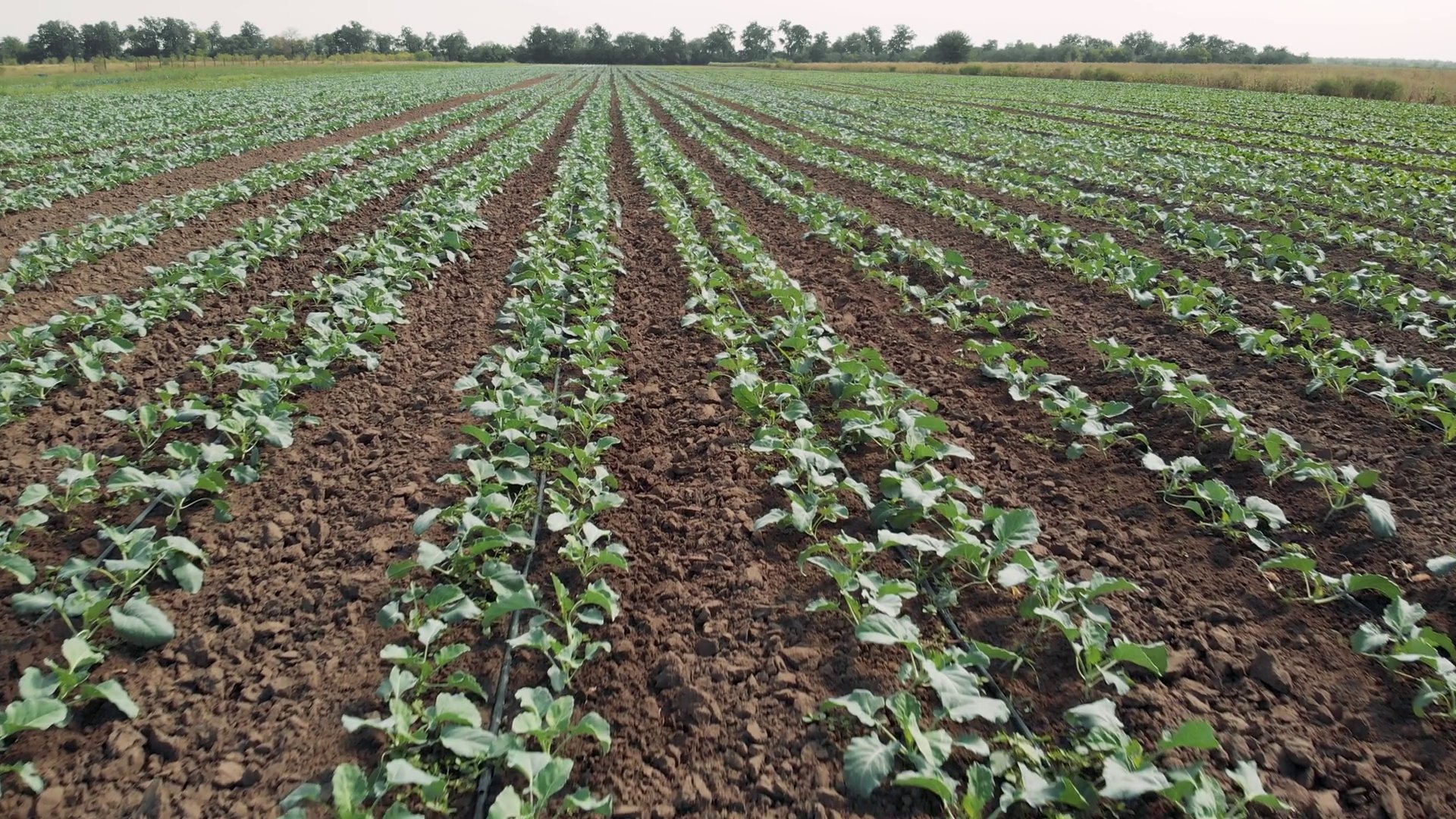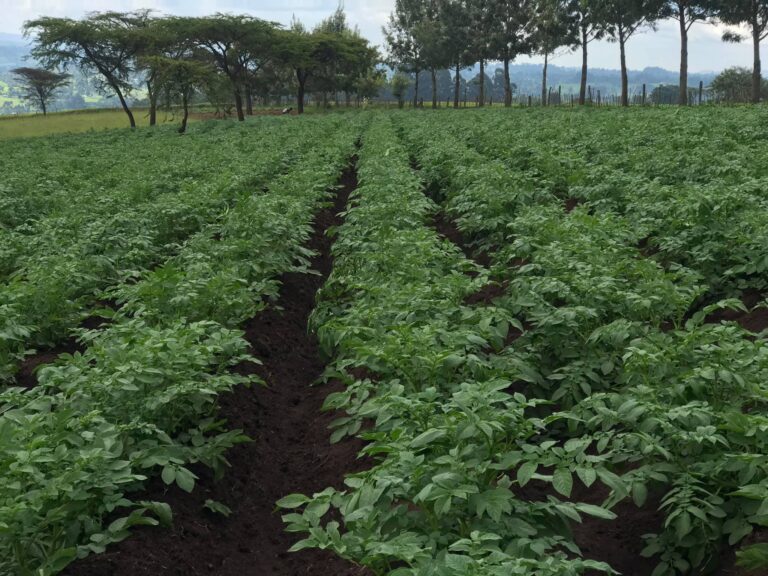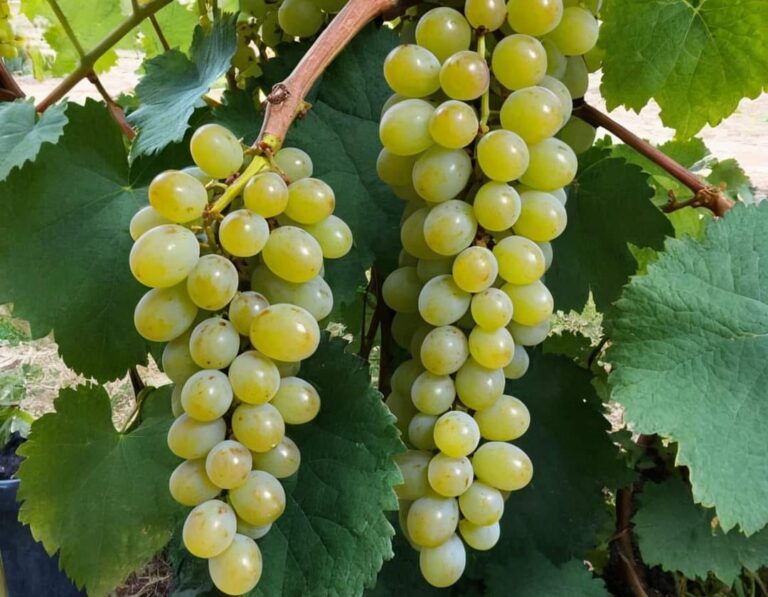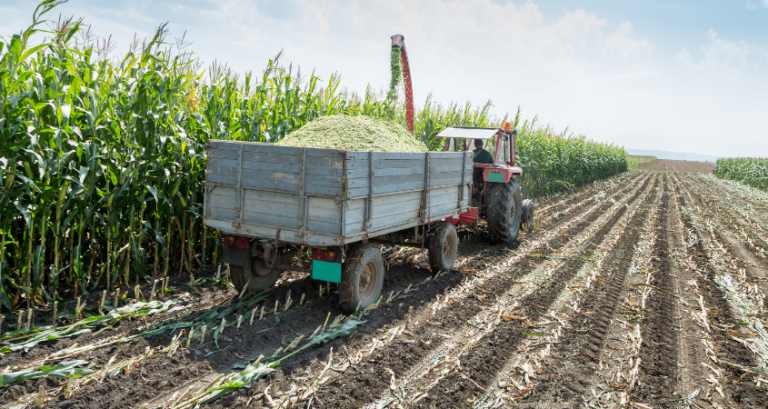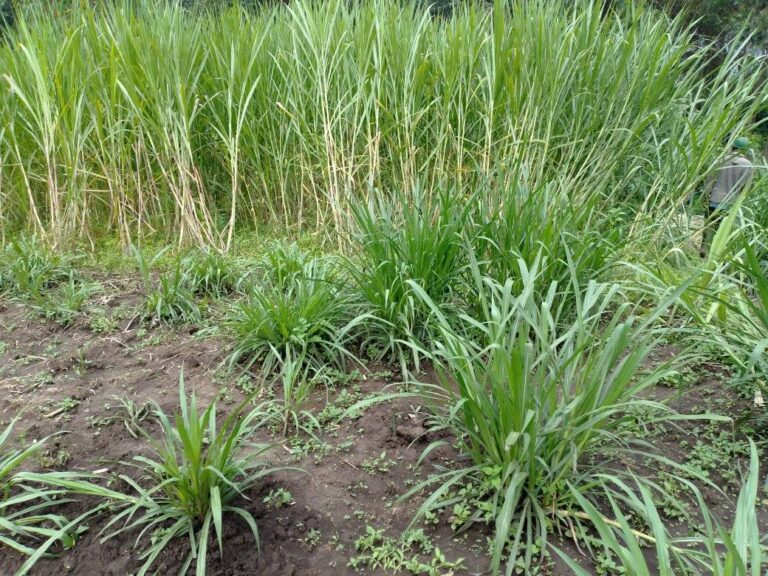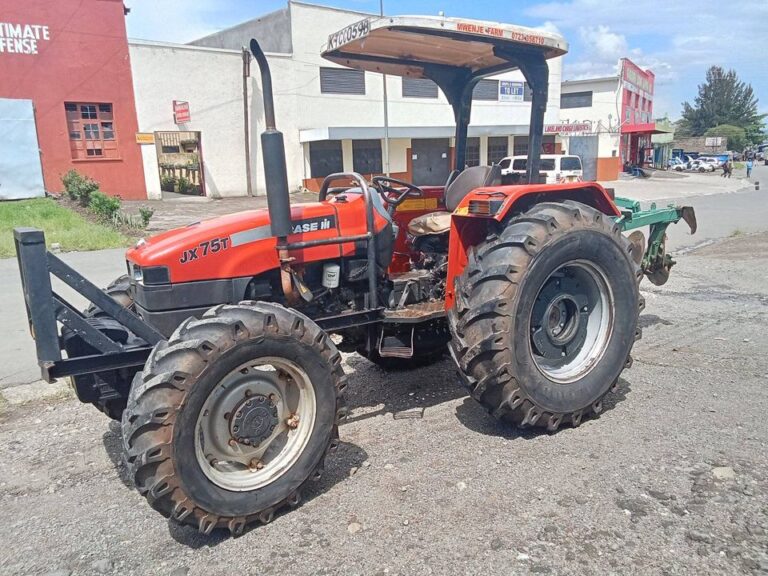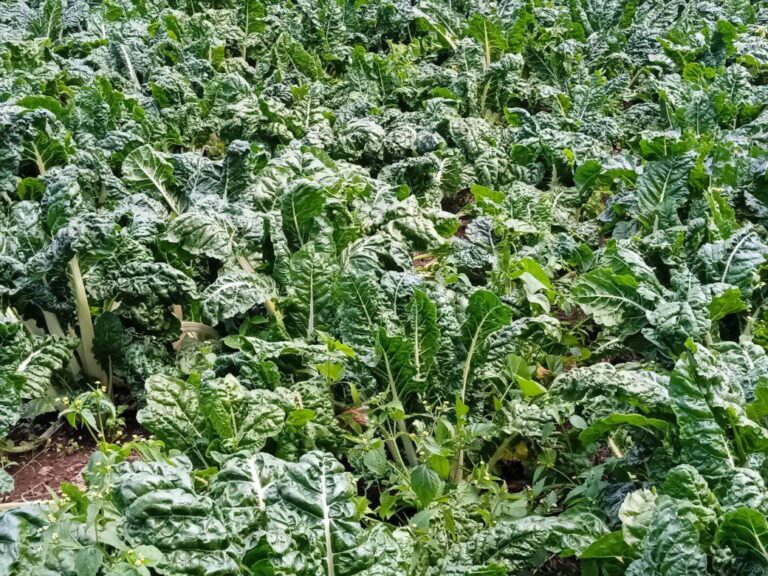Advantages and Disadvantages of Transplanting Method
Transplanting is a common practice in agriculture, where seedlings are first grown in a controlled environment (such as a nursery or greenhouse) and then transplanted to the field or final growing location.
Transplanting is a widely used method in agriculture for propagating plants by moving young seedlings from a seedbed or container into the ground. This technique offers several advantages and disadvantages that farmers and gardeners should consider.
One of the main benefits of transplanting is the ability to have an early start to the growing season. By starting seedlings indoors or in controlled environments, farmers can get a head start and increase the overall productivity of their crops.
Transplanted plants also tend to be stronger and more resilient due to their increased maturity at the time of transplantation. This makes them better able to withstand harsh weather conditions and less susceptible to pest infestations.
However, there are also drawbacks to transplanting. The process can be labor-intensive and costly, requiring proper greenhouse setups and careful handling of the seedlings. Transplanted plants may also experience transplant shock, leading to a delay in growth and development.
Despite these drawbacks, transplanting remains a popular technique in agriculture, especially for crops like cabbages, celery, eggplant, peppers, and tomatoes.
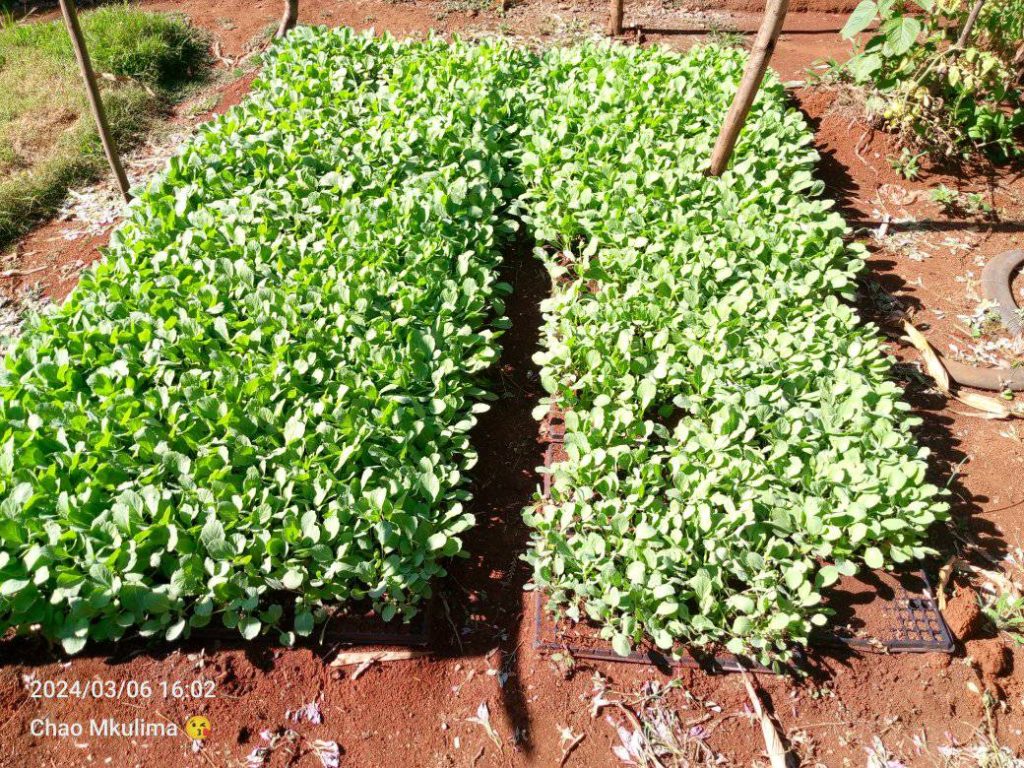
This method has several advantages and disadvantages:
Pros of Transplanting:
- Extended growing season: Transplanting allows for an earlier start to the growing season by raising seedlings in a protected environment before transferring them to the field. This can result in earlier crop maturity and increased yield.
- Better seedling establishment: Seedlings grown in a controlled environment have a higher chance of survival and better establishment after transplanting because they are typically healthier and more vigorous.
- Efficient use of space and resources: Transplanting allows for efficient use of space and resources in the initial seedling stage, as seedlings can be grown more densely in a nursery or greenhouse before being spaced out in the field.
- Weed control: Transplanting reduces the time that crops spend in the field during the early growth stages when they are most susceptible to weed competition.
- Pest and disease management: Seedlings can be grown in a controlled environment, reducing the risk of pest and disease problems early in the growth cycle.
Cons of Transplanting:
- Labor-intensive: Transplanting is a labor-intensive process, requiring additional time and effort for seedling production, hardening off, and the actual transplanting process.
- Transplant shock: Transplanted seedlings may experience transplant shock, which can slow growth and development, especially if the transplanting is not done properly or if environmental conditions are unfavorable.
- Root damage: Improper handling during transplanting can lead to root damage, which can negatively impact plant growth and yield.
- Cost: Transplanting can be more expensive than direct seeding due to the additional costs associated with seedling production, labor, and infrastructure (e.g., greenhouses, trays, etc.).
- Delayed field establishment: Transplanted seedlings may take some time to establish in the field, potentially delaying crop maturity and yield compared to direct seeding.
- Limited crop variety: Not all crops are suitable for transplanting, and some crops may perform better when directly seeded in the field.
The decision to use transplanting or direct seeding depends on various factors, including the crop type, climate, available resources, and production goals.
In many cases, the advantages of transplanting outweigh the disadvantages, particularly for high-value crops or in regions with short growing seasons.
Care After Transplanting
- After transplanting, examine the field every day for watering whenever necessary till they are well established.
- Those seedlings which are not doing well, they should be removed and replaced from the reserve seedlings.
- If there is any attack of insect pests or the disease, it must be controlled before it spreads throughout in the fields.
- Gap filling may also be done where the seedlings are dried.

Key Takeaways:
- Transplanting allows for an early start to the growing season.
- Transplanted plants are stronger and more resilient.
- Transplanting can be labor-intensive and costly.
- Transplanted plants may experience transplant shock.
- Transplanting is commonly used for crops like celery, eggplant, peppers, and tomatoes.
Direct Sowing: An Alternative to Transplanting
In agriculture, direct sowing, also known as direct seeding, is a method where seeds are planted directly into the soil without the need for transplanting seedlings.
This approach offers numerous benefits and is considered an alternative to transplanting. Direct sowing proves to be a more cost-effective technique compared to transplanting.
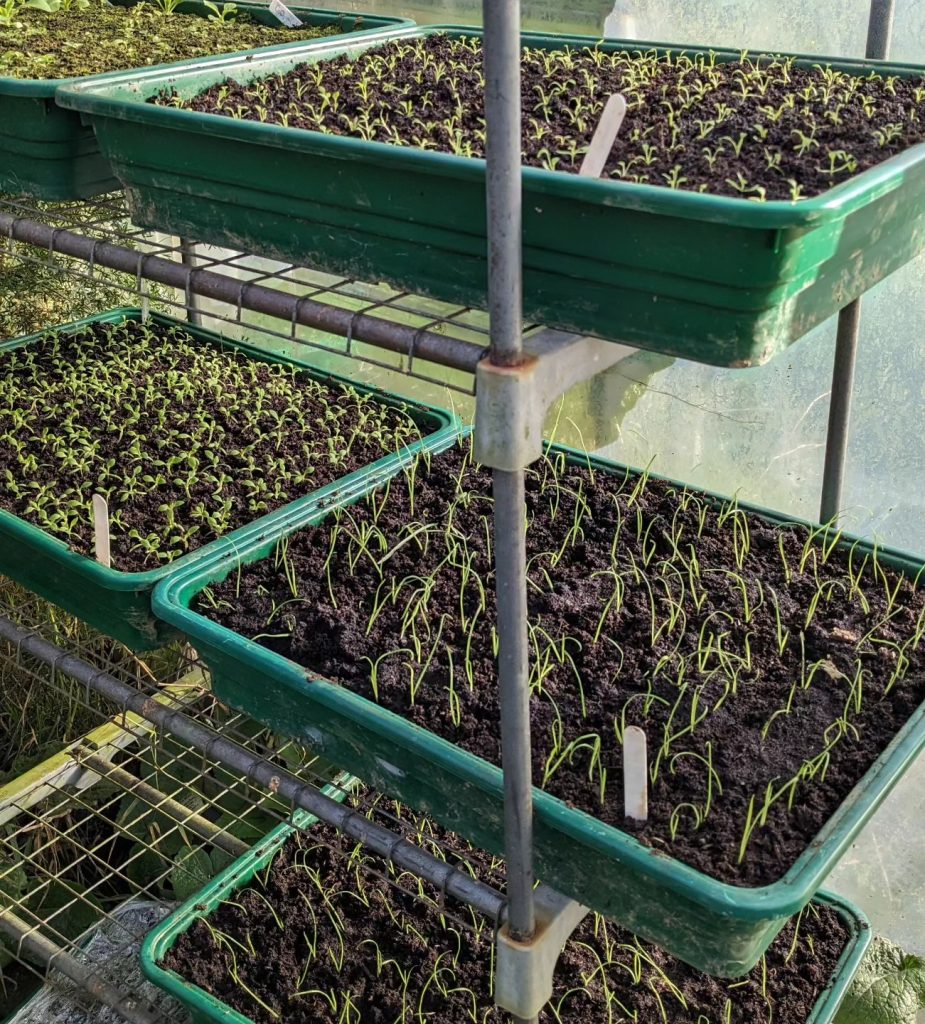
By eliminating the need to purchase seedlings, farmers can save on expenses involved in buying and caring for young plants. Additionally, direct sowing provides a wider range of seed varieties.
The benefits of direct sowing extend to the availability of seed choices. With seeds being relatively inexpensive and easily accessible, farmers have the flexibility to experiment with different plant varieties. This allows for more diversity and the cultivation of a broader range of crops.
Furthermore, direct sowing minimizes the risk of root damage and transplant shock. As the plants’ roots grow directly in the soil from the beginning, they establish a strong connection with their environment from the start, promoting healthy growth and development.
However, direct sowing is not without its challenges. Successful direct sowing requires proper soil preparation, weed control, and optimal environmental conditions.
Farmers must ensure that the soil is well-prepared and free from weeds to provide the best conditions for successful germination and growth.
Environmental factors such as temperature, moisture, and sunlight play a crucial role in the success of direct sowing. It is important to strike a balance and create an ideal environment to support the growth of the seeds.
Thinning may also be necessary for crops grown through direct sowing. Thinning involves removing excess seedlings to ensure adequate spacing between plants and prevent overcrowding. This practice allows individual plants to receive sufficient nutrients, light, and space, promoting healthier growth and higher yields.
Crops commonly grown using direct sowing include beans, peas, carrots, radishes, and lettuce. These crops are well-suited to direct sowing due to their rapid germination and ability to thrive with direct root development.
When considering the advantages and challenges, direct sowing proves to be a viable alternative to transplanting in agriculture. Its cost-effectiveness, wider seed variety options, and reduced risk of root damage make it an appealing choice for many farmers.
By following proper soil preparation techniques, weed control methods, and optimal environmental practices, farmers can achieve successful direct sowing and reap the rewards of a bountiful harvest.
Factors to Consider: When to Transplant and When to Direct Sow
When deciding between transplanting and direct sowing, farmers and gardeners need to take into account several factors. The optimal conditions for transplanting and direct sowing vary depending on the crop’s germination period and specific environmental requirements. Let’s explore the key considerations for both methods.
Transplanting is often preferred for crops with longer germination periods and those that require precise environmental conditions to thrive. By starting seedlings indoors or in controlled environments, farmers can better control temperature and humidity during the early growth stages.
This is particularly advantageous in regions with short growing seasons. Transplanting allows for the cultivation of crops that would otherwise struggle to germinate or grow in unfavorable conditions.
On the other hand, direct sowing is suitable for crops with rapid germination and those that are better suited to direct root development. This method is particularly common for root crops such as carrots and radishes, as direct sowing prevents damage to their delicate roots.
Direct sowing offers a more cost-effective approach since it eliminates the need to purchase seedlings.
The availability of seed varieties is another crucial factor to consider. Transplanting may offer a wider range of choices as farmers can select specific cultivars and hybrids that are better adapted to their local conditions.
However, direct sowing allows for a diverse selection of seed varieties since seeds are relatively inexpensive and readily available. This can be advantageous for farmers looking to experiment with different crop varieties.
To ensure successful transplanting or direct sowing, proper soil preparation, watering, and care throughout the growing season are essential. The table below summarizes the key factors to consider for each method:
| Factors | Transplanting | Direct Sowing |
|---|---|---|
| Germination period | Longer | Rapid |
| Environmental conditions | Controlled, specific | Varies based on crop |
| Seedling availability | Wider range | Varied, cost-effective |
| Root development | Indirect | Direct |
By considering these factors, farmers and gardeners can make informed decisions on whether to transplant or direct sow their crops.
However, it’s important to remember that each method requires careful attention to detail and proper cultivation practices to ensure successful growth and yield.

Best Practices for Transplanting and Direct Sowing
Both transplanting and direct sowing require specific techniques and practices for optimal results. When it comes to transplanting, it is recommended to start seedlings indoors or in controlled environments to provide a head start on the growing season.
This allows for better control over temperature and humidity, giving the seedlings a better chance of survival.
Before transplanting, it is crucial to ensure that the seedlings are mature enough and have developed strong roots. This will help them adjust better to their new environment and increase their chances of successful growth.
Adequate spacing between transplants is also important to prevent overcrowding, as this can lead to competition for resources and hinder overall plant development.
Proper watering techniques should be followed, taking care not to overwater or underwater the transplants. Consistency is key, ensuring the soil remains moist but not waterlogged. This will help minimize transplant shock and promote healthy root development.
On the other hand, direct sowing requires careful soil preparation. It is essential to remove weeds and create a suitable seedbed to give the seeds the best conditions for germination and growth. Following the recommended depth and spacing for each crop is crucial to ensure uniform germination and prevent overcrowding.
Adjusting watering techniques based on the specific requirements of the seeds and the prevailing weather conditions is vital for successful direct sowing. Regular monitoring and maintenance are necessary to address challenges such as pests, diseases, and weeds that can hinder the growth of direct-sown plants.
| Best Practices for Transplanting | Best Practices for Direct Sowing |
|---|---|
| Start seedlings indoors or in controlled environments | Prepare the soil by removing weeds and creating a suitable seedbed |
| Ensure seedlings are mature with strong roots | Follow recommended depth and spacing for each crop |
| Provide adequate spacing between transplants | Adjust watering techniques based on seed requirements and weather conditions |
| Follow proper watering techniques to prevent overcrowding and transplant shock | Regular monitoring and maintenance to address pests, diseases, and weeds |
Implementing these best practices for both transplanting and direct sowing will help maximize the success of your agricultural endeavors and ensure healthy plant growth and development.

